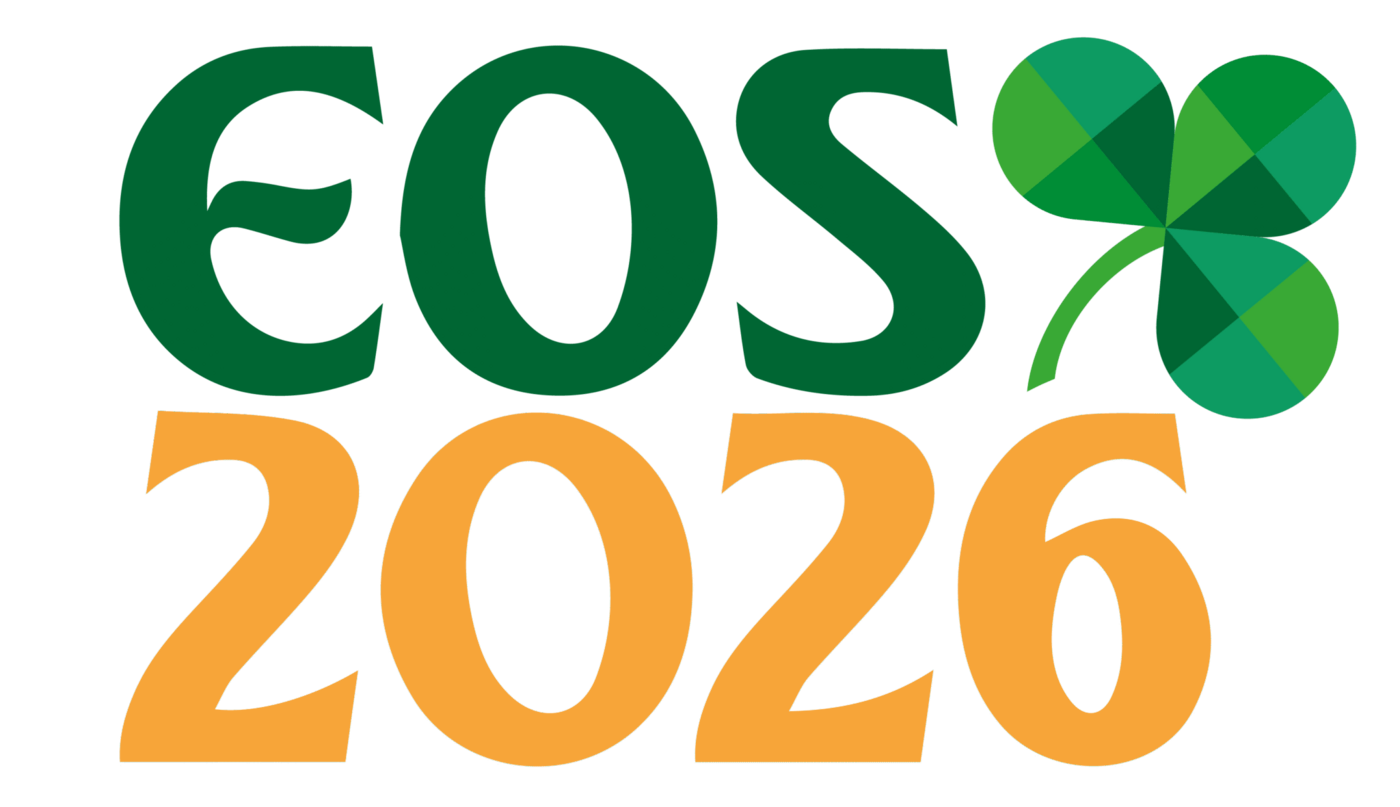Speaking on: Orthodontic treatment mechanics – what have we learned in the 50 years since Andrews?
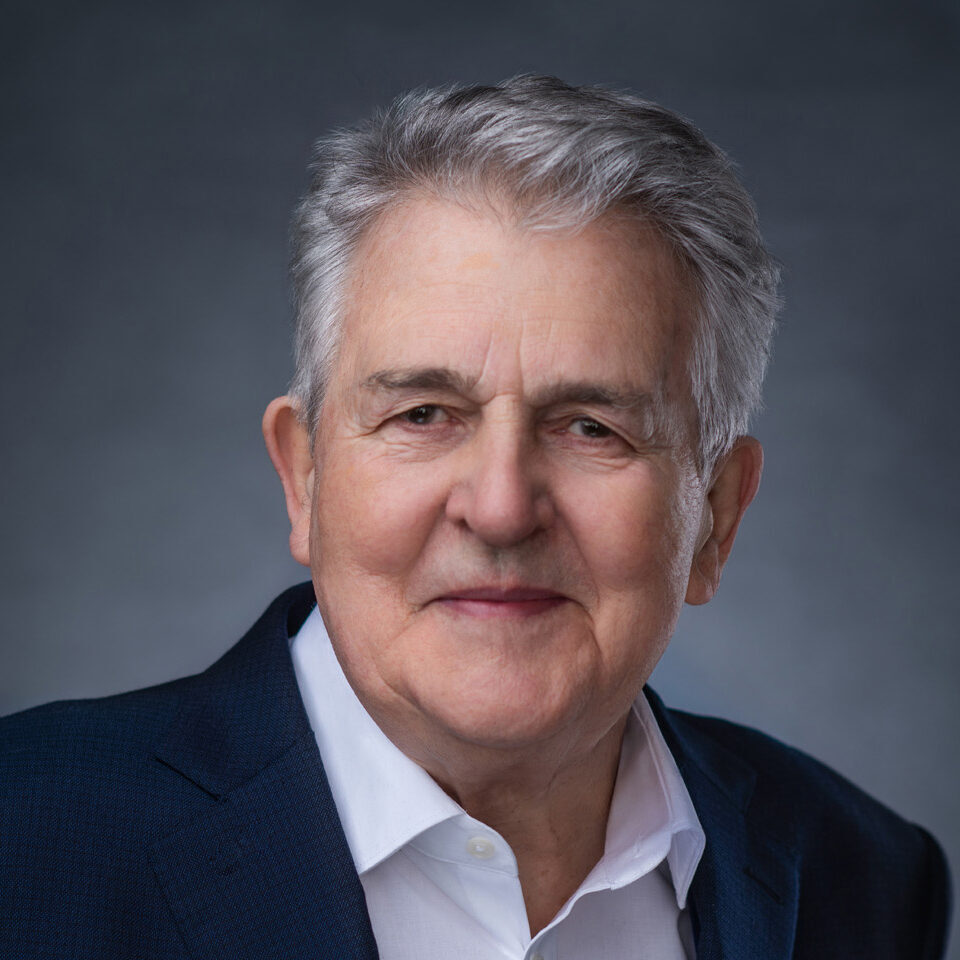
John Bennett
Speaker Biography
Dr Bennett studied orthodontics for two years at the Eastman in London and was subsequently influenced by the teaching of Drs Andrews and Roth. He worked with Dr Richard McLaughlin and Dr Hugo Trevisi to develop an ideal prescription for preadjusted edgewise brackets, one which would work effectively with sliding mechanics and group movement. He is an acknowledged authority on orthodontic treatment mechanics and has lectured widely on the subject around the world. He has authored or co-authored eight orthodontic texts, the most recent being released in 2025. The 2001 ‘Systemized Orthodontic Treatment Mechanics’ with Drs McLaughlin and Trevisi was reprinted five times and went into 15 languages, and became one of the most widely studied and influential orthodontic texts of the era. Drs Bennett and McLaughlin have acknowledged the importance of the work of Dr G. William Arnett and his co-workers in orthodontic treatment planning, and they recommend the use of 14 of the measurements for facial profile assessment. In recent years they have collaborated with Dr Daniele Cantarella to further refine and improve methods of orthodontic diagnosis and treatment mechanics. 186 words
Course details
Incisors and Canines: Exposure, Substitution and Periodontal Outcomes
The work of Andrews in the 1970s ushered in an era in which orthodontists were relieved of much of the tedium of wire bending. During the 1980s and 1990s treatment mechanics were refined so that better outcomes became routinely achievable. Clinicians could then rely on well-positioned pre-adjusted brackets to achieve good tooth alignment, and this in turn provided a platform for advances in other areas of orthodontics, including the diagnosis and management of facial disharmony.
If we are aiming to provide world-class care through the 2020s and beyond there are questions which should be asked. What should be today’s dental, functional and facial profile goals for treatment? Can these be defined and measured, and what are the best treatment methods for achieving ideal results in a high percentage of cases? This presentation will offer brief answers to these questions. It will suggest that classical orthodontic treatment with fixed appliances should be the preferred approach in most cases, supported with the latest diagnostic methods.
Presentation
Orthodontic treatment mechanics – what have we learned in the 50 years since Andrews?
Other Speakers
Dr. Waddah Sabouni earned his DDS degree in 2002 from Aleppo university, followed by a...
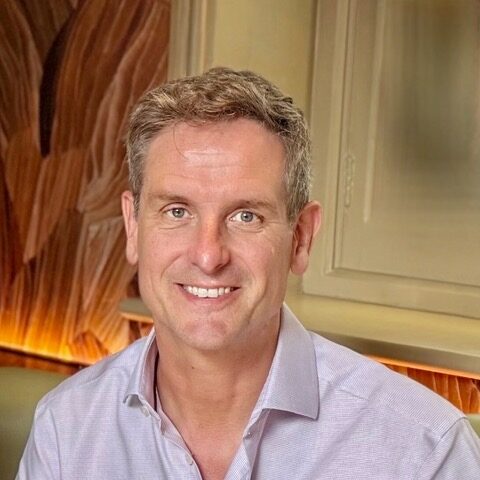
Dr Simon Littlewood is a consultant orthodontist in the national health service in Bradford, runs...
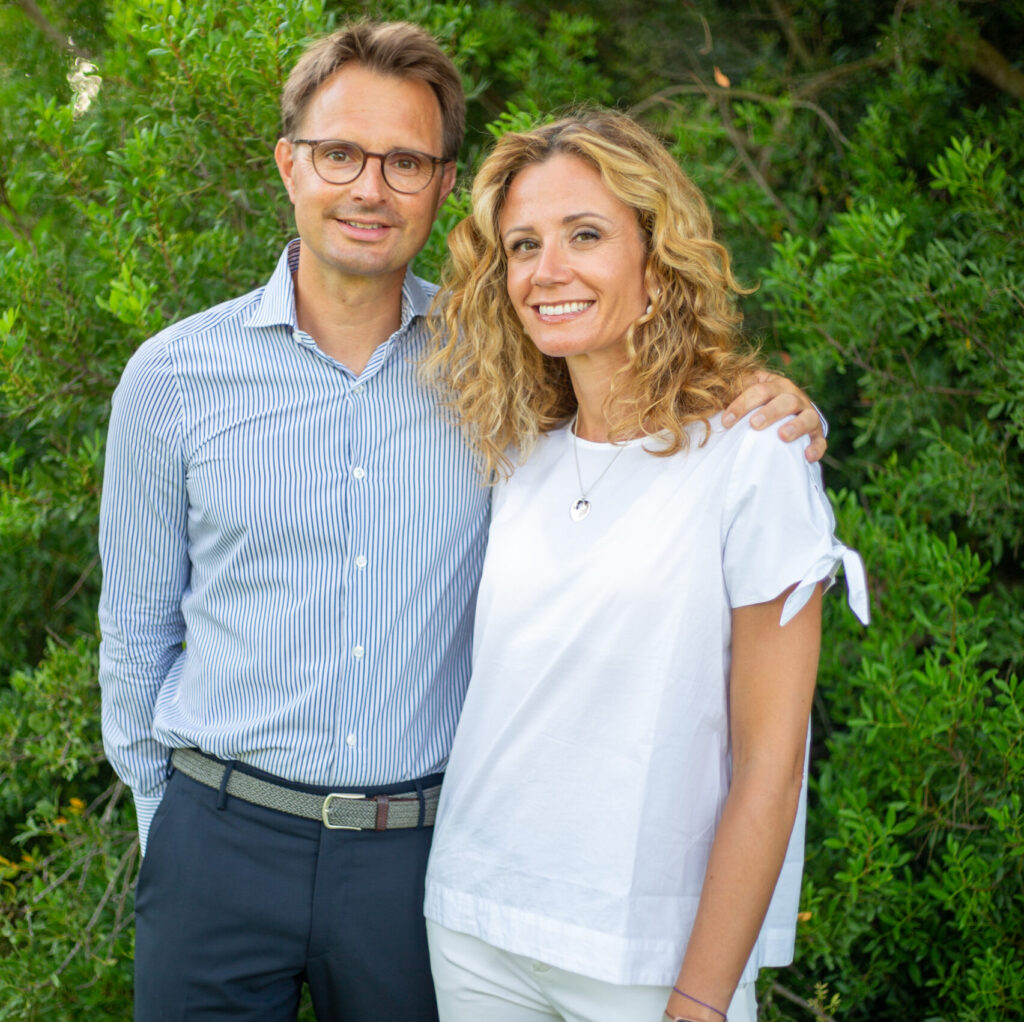
Susanna Botticelli
Susanna Botticelli earned her DDS in 2001 (University of Bologna, Italy), became...
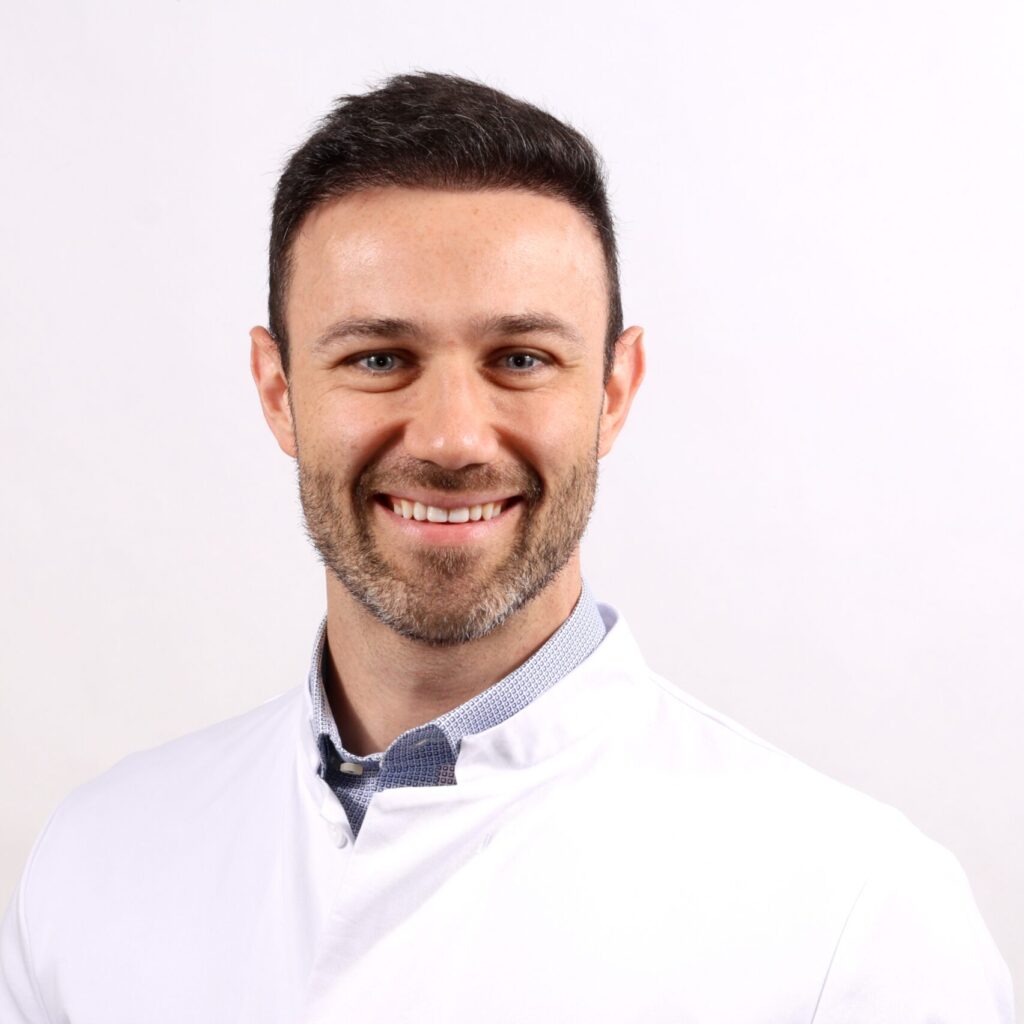
Dr. Maximilian Küffer is a specialist in orthodontics and a senior consultant at the Department...
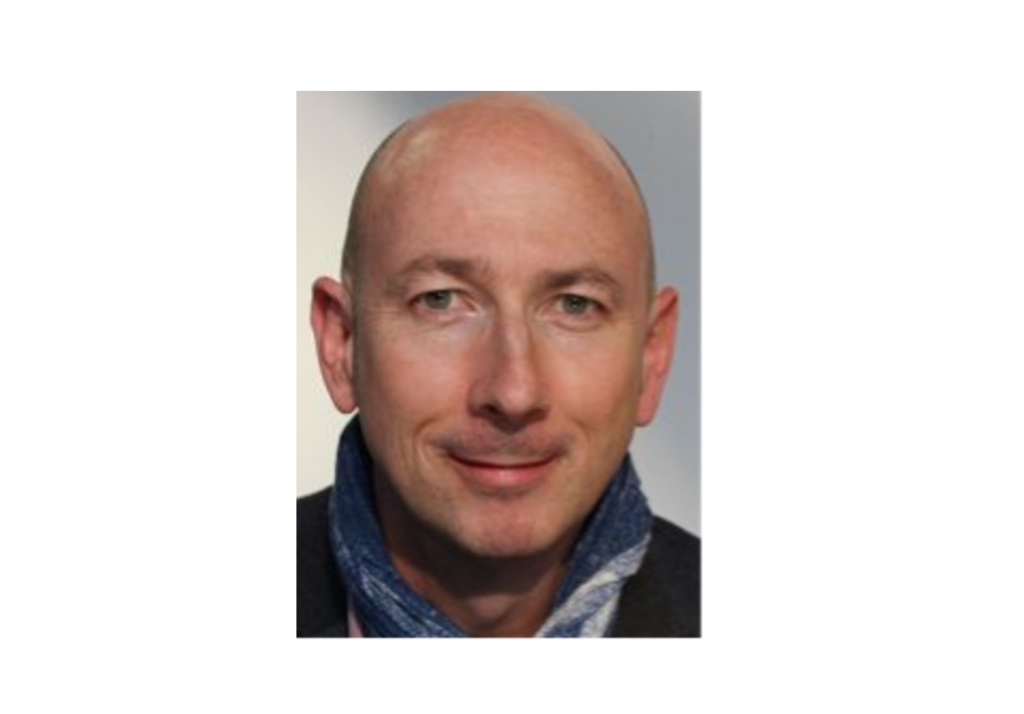
Dr Maurice Meade graduated as a dentist from University College Cork in Ireland where he...
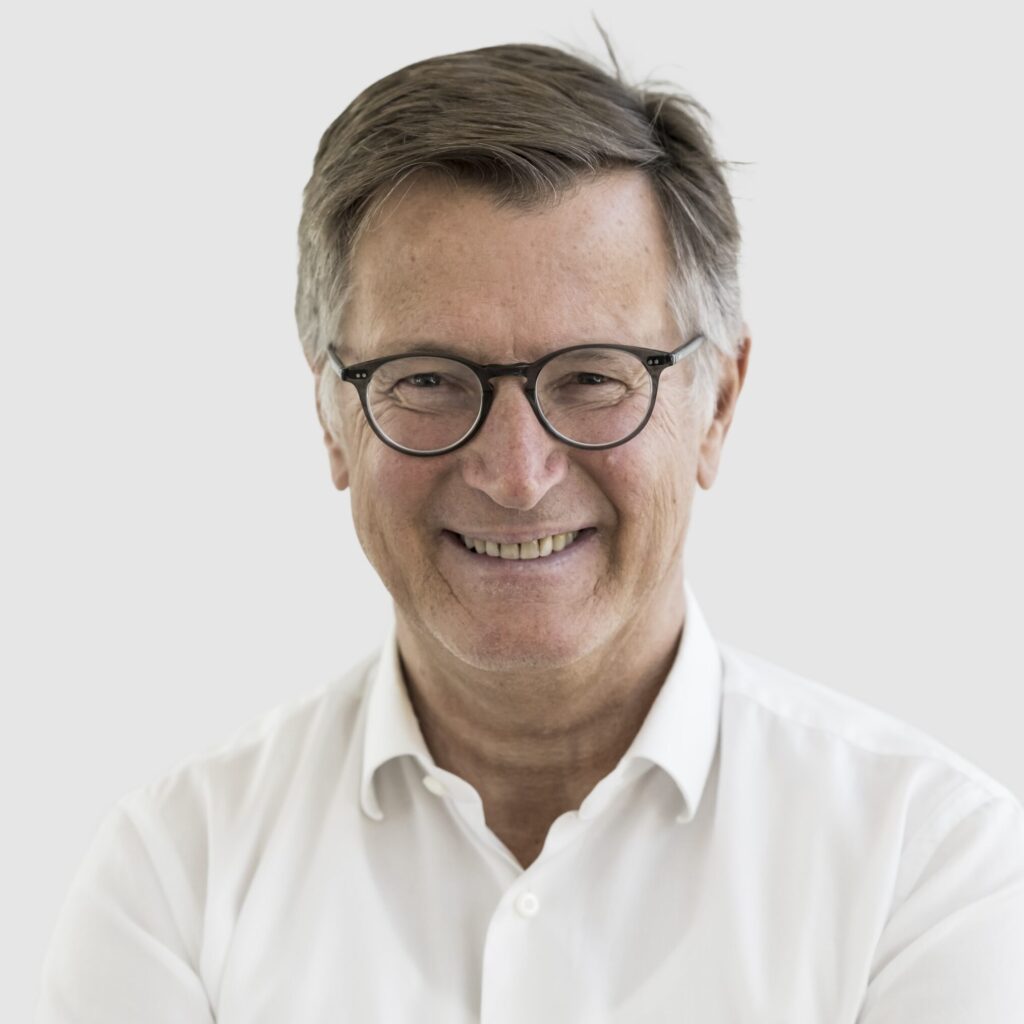
M.D. University of Innsbruck (A)
D.D.S. University of Innsbruck
Postgraduate Orthodontic Training University of Innsbruck
Since 40 years...
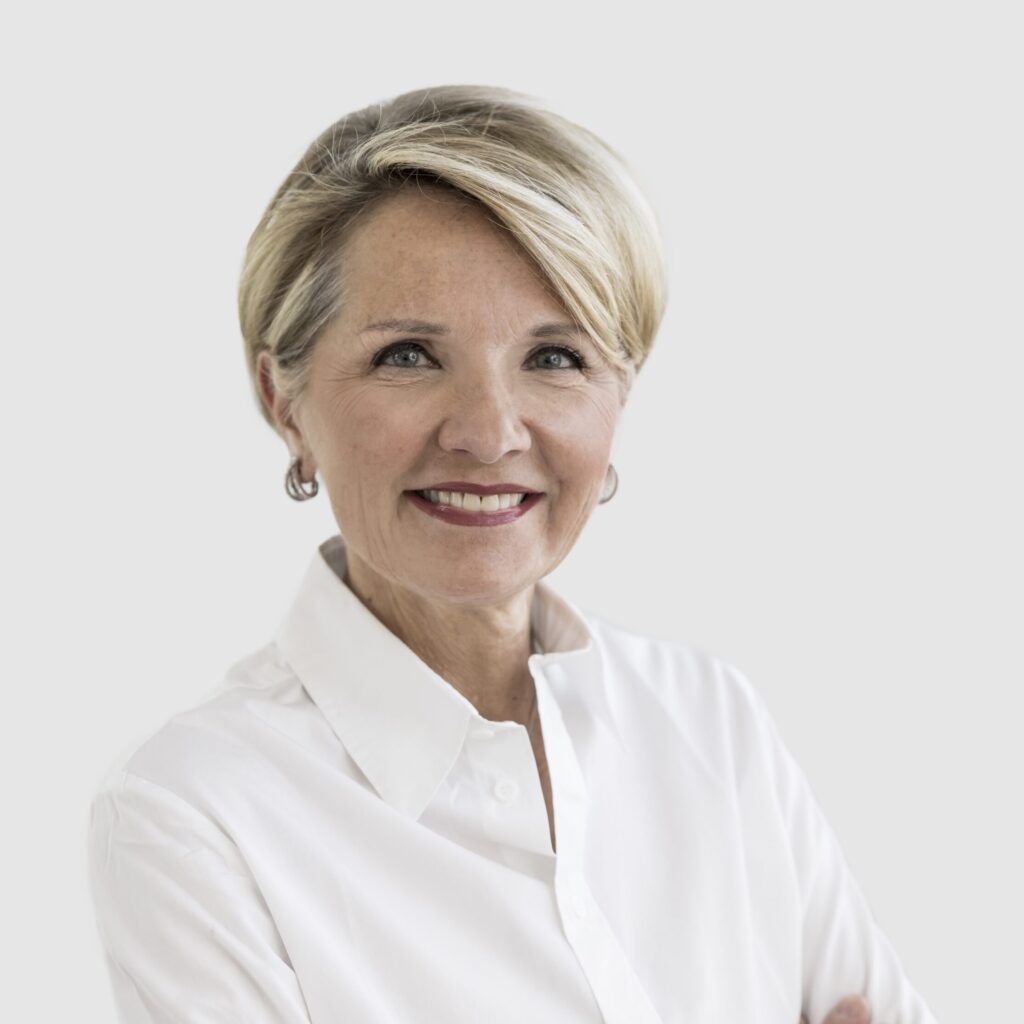
Dr. Ute Schneider-Moser has been running a busy practice exclusively limited to orthodontics together with...
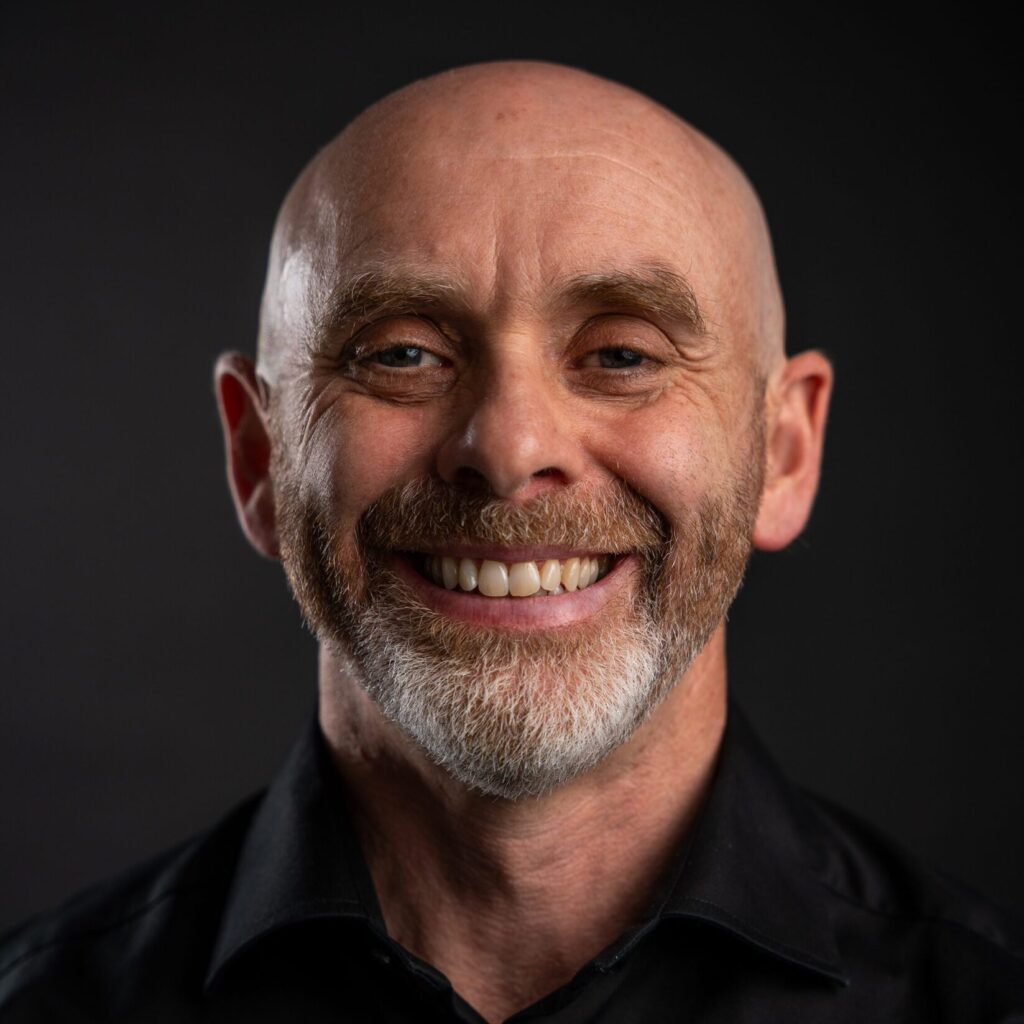
Dr Kieran Daly runs a busy technology focused orthodontic office in Dublin, Ireland which is...
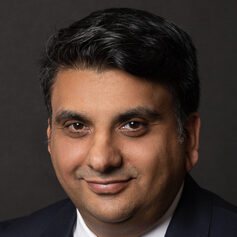
Dr Jadbinder Seehra is a Senior Specialist Clinical Teacher at Kings College London and Consultant Orthodontist...
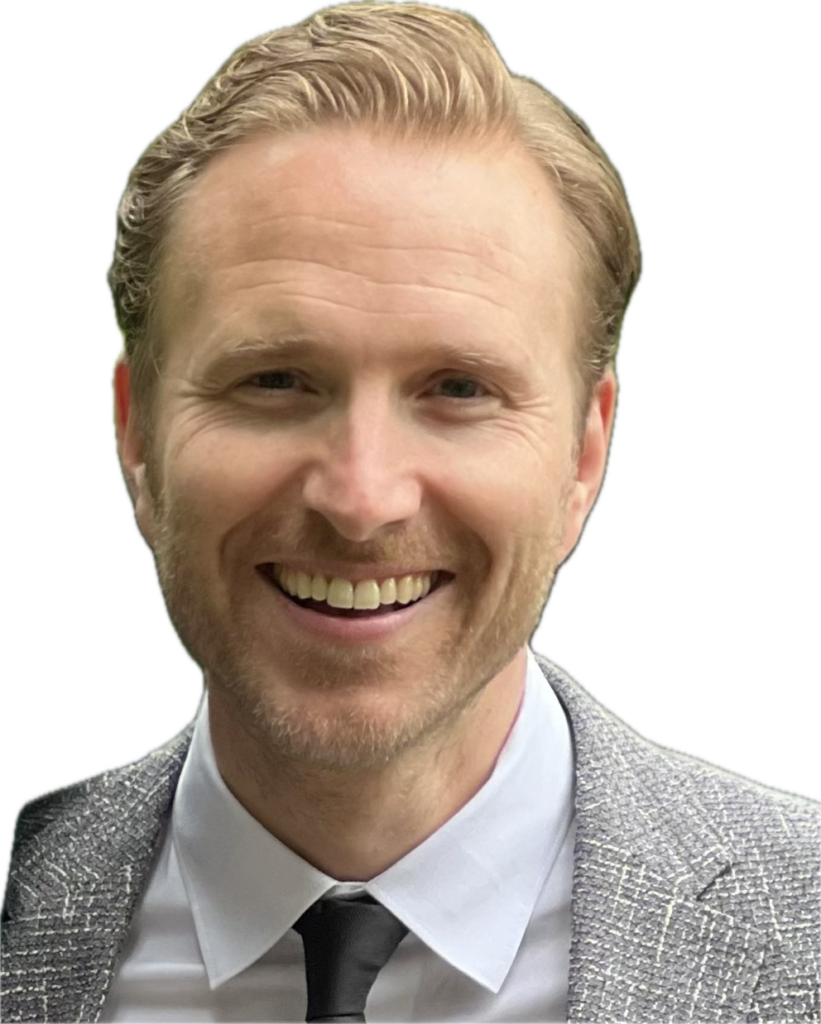
Dr. Benjamin Pliska is a graduate of the University of Western Ontario School of Dentistry,...
